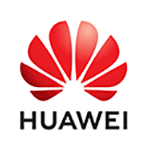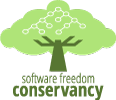Edge computing
This powerful emerging method is taking the cloud by storm. Edge computing processes data near the source of the data, minimizing the time it takes to send that data back to a data center. It optimizes user experience with just-in-time or real-time analysis of data by making use of the computing power at the edge from mobile devices and the growing mesh of IOT. This shift aids in performance but does it swap performance for security? Or is it what’s needed to make augmented reality a, well, reality? Is this a way to ensure that the networks are self healing, able to respond to issues more quickly, avoid lengthy downtimes? Learn best practices for incorporating edge computing into your work.
 Rob Reilly (Rob "drtorq" Reilly)
Rob Reilly (Rob "drtorq" Reilly)
 Drew Moseley (Mender.io)
Drew Moseley (Mender.io)
 Steffen Evers (Bosch Software Innovations GmbH)
Steffen Evers (Bosch Software Innovations GmbH)
 Drew Moseley (Mender.io)
Drew Moseley (Mender.io)
 Sean Dague (IBM)
Sean Dague (IBM)
Sponsorship Opportunities
For exhibition and sponsorship opportunities, email oscon@oreilly.com
Partner Opportunities
For information on trade opportunities with O'Reilly conferences, email partners@oreilly.com
Contact Us
View a complete list of OSCON contacts
©2018, O'Reilly Media, Inc. • (800) 889-8969 or (707) 827-7019 • Monday-Friday 7:30am-5pm PT • All trademarks and registered trademarks appearing on oreilly.com are the property of their respective owners. • confreg@oreilly.com




























